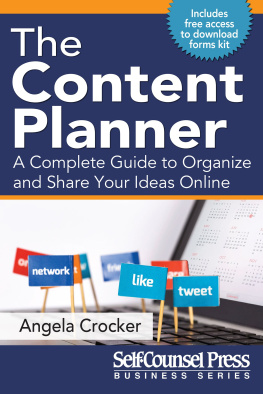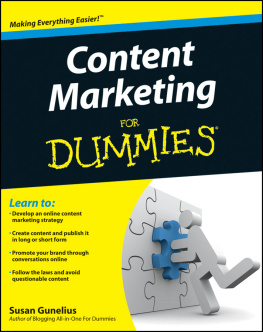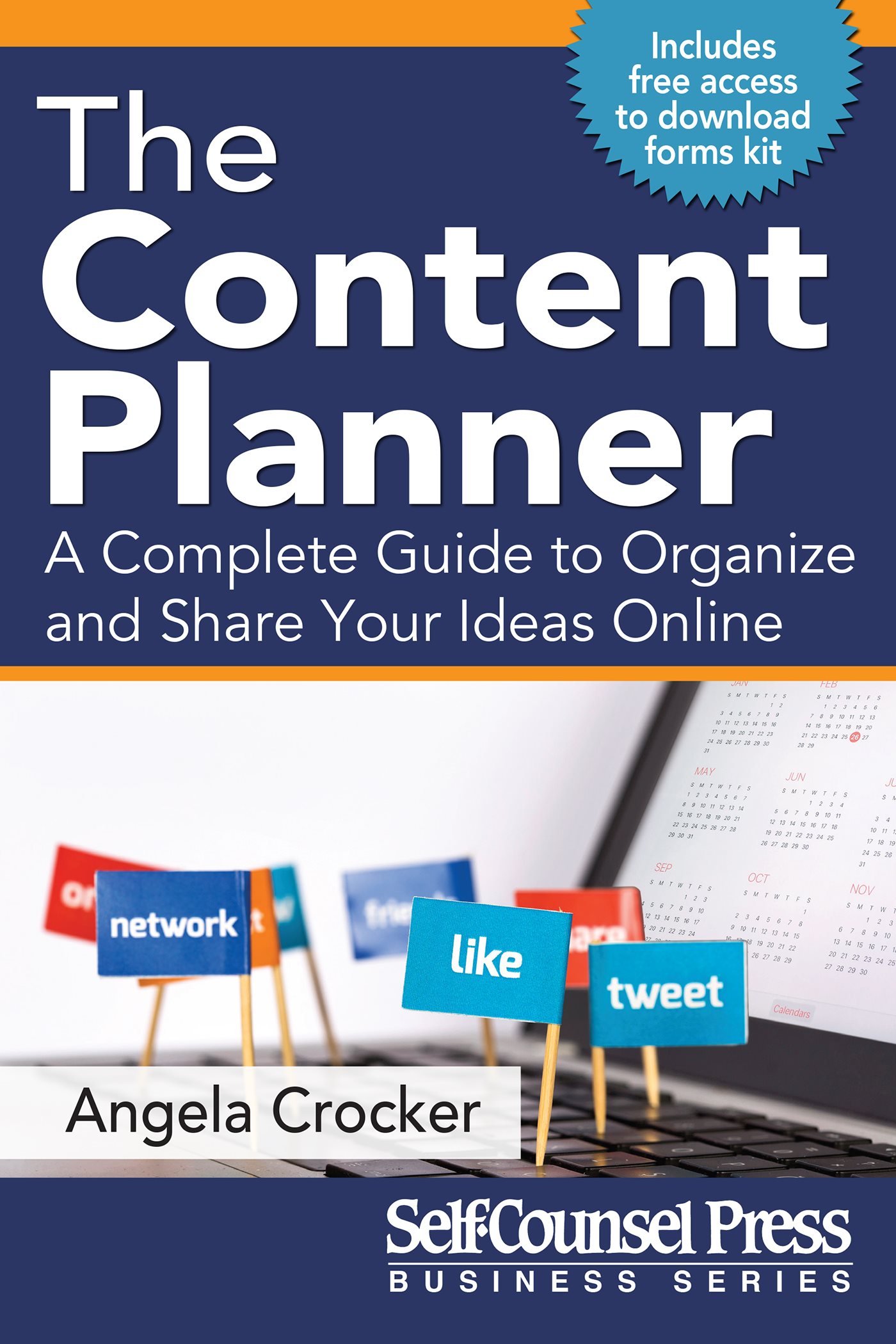3. How The Content Planner Works
Savvy business owners know the importance of publishing frequent, unique content, yet often struggle to take action. Some are overwhelmed at the prospect of brainstorming topics. Others find it a challenge to write, photograph, or record their content. Add to that the trend towards live video and a shy content creator may shut down completely. Still others are muddled by the mechanics of how to use a Wordpress dashboard, the Facebook interface, or an email template. Even folks who accomplish this much are sometimes unable to organize their ideas into a viable publishing schedule so end up publishing nothing. If you struggle with any of these challenges, this book can help you.
4. Benefits of a Content Plan
Creating content is an investment of time and, sometimes, money. A confirmed return on your investment makes it easy to justify spending the resources. With a content plan, you have the potential to experience a wide range of benefits. The benefits that matter most to you will depend on your business model and goals.
Some content creators see a direct return on their investment in the form of product sales, ticket revenue, appointment bookings, consultations, and other revenue creation activities. New money in your virtual cash register sounds great, right? I agree, but keep in mind that financial return should not be your only objective. There are many valuable indirect benefits to a carefully executed content plan.
Indirect benefits can take many forms. First, consider the human resources perspective. Businesses can save paid working hours by having the team focus on making and then executing the content plan. Dedicated, focused planning time is much more efficient and effective than an ad hoc approach. Dont make your team work on content only when they have time or, worse, during unpaid overtime. Good content cannot be created as a side project. It demands focus and action.
The Content Planner method also allows you to capture brainstorms for future content plans without being distracted from the plan in progress. Content planning time is also an opportunity to include other team members. Perhaps a subject matter expert, the founder of your company, or a worker involved in manufacturing could contribute to your content plan. Drawing on many perspectives within a company makes for more interesting and well-rounded content. Its also an opportunity for collaboration and team building, a terrific indirect benefit.
If you work alone, consider inviting key suppliers, customers, or advocates to contribute to your content plan. By inviting them to participate, you demonstrate how much you value and respect their ideas. You also have the benefit of deepening relationships and, sometimes, unexpected mutually beneficial joint projects come out of the collaboration.
Well-planned content must be consistent with your brands visual look and style. Consistent use of fonts, colors, and graphics add to your businesss credibility. Narrowing your efforts to specific topics also makes for more professional writing, photography, and videography that better represent your brand. Externally, content sharing is a great way to build relationships with customers. You will be able to better serve existing customers and get acquainted with potential customers.
Depending on the nature of your business, you might also receive invitations for teaching opportunities, conference speaking gigs, or guest posts. These will help you reach a new, but similar audience. The benefits can also include more website visitors, opt-in email subscribers, and social media followers. Great content lets you take your ideas and products to the places where your fans want to interact with your brand.
5. What Content Can I Create?
For many, the biggest hurdle is knowing what to write about. The Content Planner includes brainstorming strategies, research techniques, and idea organization approaches. Youll learn about types of content to consider and have a range of thought starters to inspire you. Youll capture lots of ideas and then prioritize and schedule the ideas that best support your current business objectives. Any great ideas that dont fit your current plans can be set aside for future use.








